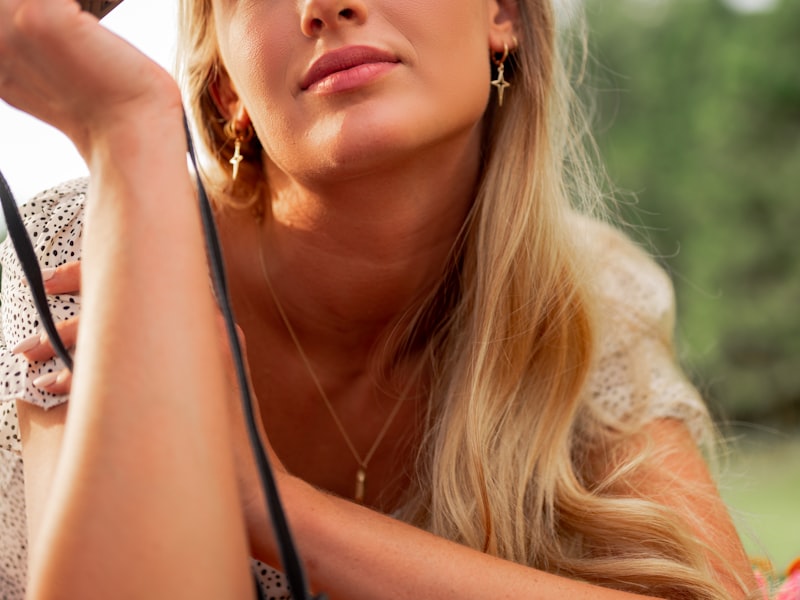Points You Have To Be Informed About Wine

Coming upon the long wall of wines at the local food store is an intimidating experience. Considering the variety of alternative ideas within a wide variety of wine categories, how will you possibly find the perfect wine for everyone using your meal? Perhaps more to the point, without knowing what every one of these wine terms mean, how can you opt for a wine that you and possibly others will enjoy? To get quite frank, if you don't sit back each and every bottle and taste it together with the meal (a bad idea), you will not ever know precisely what wines will go perfectly achievable meal. Wine and food pairing is very little perfect science that you could learn. Instead, Recipe4Living want to offer some general guidelines for fulfillment in pairing wine with food as well as some do's and for the beginner's enjoyment of wine. This document will outline the most used wine varieties and how they differ. Very quickly, you'll feel safe schmoozing with the biggest wine snobs.
Enjoying Wine
* Forget about your wine assumptions, specially the belief that vino is expensive. It is possible to get yourself a great wine bottle for less than $10. Like with cooking, the true secret to great liquid is information on balance and never necessarily rare grapes.
* Have a great time! Experiment! Enjoying wines are about what you want, not by what you are supposed to like based on the experts. When you find a wine you undoubtedly like, simply note the winery and also the variety. While you get more knowledge about wine, you can descriptions of various elements in the wine. Even better, act the sophisticate and host wine tasting parties with friends and discuss different wines.
* Search for the popular screw-cap, as opposed to the cork. The problem with natural corks is that a moldy spoilage can occur in the wine (in 3-5% of natural corked bottles!) caused by a reaction that sometimes occurs in the cork. Synthetic corks have attempted to solve this challenge, but you are much harder to remove and can't be used to re-seal the bottles. Old habits die hard, but a lot more wineries are switching on the screw-cap.
* Certain wines are better at certain temperatures. For example, a freezing cold Chardonnay will miss high of its taste. Keep these pointers planned:
- Whites needs to be served cold between 43°F and 53°F. You can do this by chilling the bottle in ice for an hour before serving. You do not need to hold a glass of white wine in the refrigerator for too long amounts of time.
- Sparkling wines and champagnes must be served cooler, around 45°F.
- Although room temperature is fine for some, red wines ought to be served between 55°F and 65°F, or cellar temperature.
* Despite its reputation for pretension, spend money on some quality stemware if you need to truly enjoy wine. The right glass is bound to improve the flavor with the wine as well as your appreciation than it. Wine glasses call for a large cup or "bowl" to allow for your wine to breathe, as the interaction with the air releases all of the wines aromas and flavors.
Removing Dark wine Stains- Truly essential information inside the enjoyment of wine.
* White wine- Ironically the top stain-fighter for dark wine, white wine will neutralize the wine and earn it easier to remove. Simply pour some about the stain and blot gently which has a rag. Don't rub or else you force the stain deeper to the clothing or carpet. After blotting up a lot of the wine, simply clean using your favorite carpet cleaner or stain-fighter normally.
* Club Soda- The carbonation in club soda really helps to lift the wine from the fibers.
* Salt- Salt provides a buffer to maintain the stain from setting when you search for other cleaning options.
White Wines
Chardonnay- An extremely drinkable white wine differentiated business varieties by a special aging and fermentation process in oak barrels. The special oak barrels supply the wine its unique aromas including nutty to creamy. This wine may include tastes of vanilla, pear, lemon, pineapple, peach plus more. Chardonnay is often deemed the white table wine.
Muscat/Moscato- This low-alcohol wine has an intensely perfumed aroma along with a distinctive musky taste, and is often used as a dessert wine. The aroma in the wine normally include gardenia and honey as well as the taste includes elements of citrus and tropical fruits.
Pinot Grigio- More colorful than other white wines, Pinot Grigio is soft and delicately perfumed. The acidity with the wine accounts for a nice crispness. The wine's elements range from flowers, subtle spices, pear, and citrus.
Riesling- This lower-alcohol wine emanates from the most common of German grapes which is seen as a an original fruit and acid balance. Unlike a number of other wines, Riesling has never been prepared in oak barrels, so that it is more adaptable to many types of food, including spicy choices. Riesling generally is a dry wine, with sweet components of peach and honeysuckle.
Sauvignon Blanc- Just about the most aromatic wines with fragrances of grass and citrus, Sauvignon Blanc is spicier compared to Chardonnay varieties. The taste might have hints of melon, gooseberry, and black currant. Nz produces some of the finest Sauvignon Blanc.
Red Wines
Barberra- This deep red wine comes most successfully from your Piedmont of Italy, and it is heavily planted within the Central Valley of California due to the capability to withstand high temperatures. A full body, luscious berry flavors and crispness from the high acidity characterize this wine.
Cabernet Sauvignon- These full bodied, intensely flavored red wines usually improve with aging, often spending Fifteen to thirty months aging in oak barrels. Such aging provides wine toasted vanilla and cedar tastes, even though the wine also features plum, black cherry, and spice elements. The actual most generally planted grape on the planet, the Cabernet Sauvignon grape actually come from a cross between two French varieties: Cabernet Franc and Sauvignon Blanc.
Merlot- A softer and far less intense red wine than cabernet that is certainly ready to drink sooner. The dry smoothness with the wine makes it a well known choice in restaurants. Merlot is often when combined cabernet to soften its acidity. Descriptions of the wine's tastes include lots of the comparable to cabernet and green olive, herbs, and chocolate. The Merlot grape responds well to cooler climates making it very versatile.
Pinot Noir- Widely regarded as the most challenging grape growing, this delicate liquid is logically just about the most preferred kinds of wine, springing up form the Burgundy region of France. This elegant wine can include aspects of raisin, black cherry, and strawberry.
Sangiovese- This dry dark wine is characterized by an effortless texture, medium-bodied spice flavors, and an earthy aroma. Produced from a grape native to Northern Italy, Sangiovese is usually utilized for Italian Chianti wines.
Syrah- This flavorful wine comes from the Rhone region in France and possesses many raspberry, pepper and spice aromas and flavors. As well as France, the grape for Syrah is very successful nationwide.
Zinfandel- Although most of Zinfandel is turned into a sweet blush wine called White Zinfandel, Zinfandel is a red wine created from one of the most popularly grown grape in California. The hearty grape is quite adaptable to some producer's manipulation, rendering it very versatile. Zinfandel is quite fruity, with raspberry, cherry, and plum tastes.
Blush Wines- Blush wines or rose wine, which may have a lighter pink color, are made by treatment of skins of red grapes early in the fermentation process. This method also lightens the taste of the red grapes, developing a more delicate wine. White Zinfandel is really produced as the product of "bleeding" regular Zinfandel, or removing a few of the juice to heighten certain flavors and color inside the wine. The juice will then be fermented separately.
To get more information about ruougiatot take a look at this web portal
